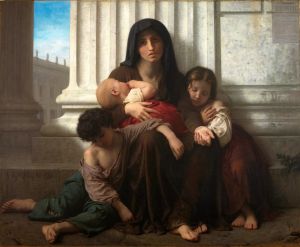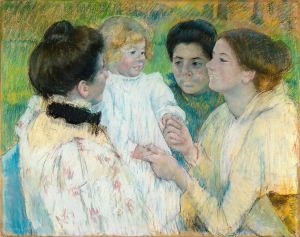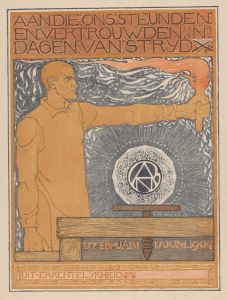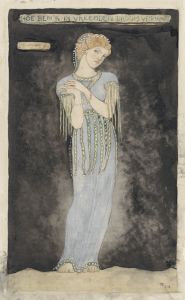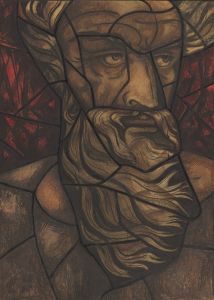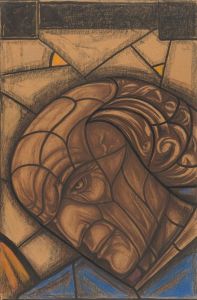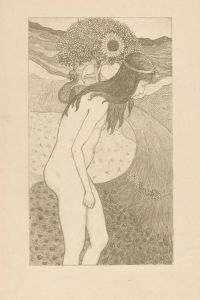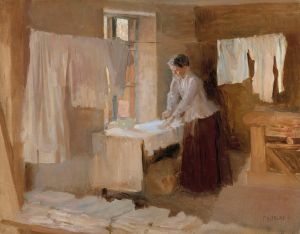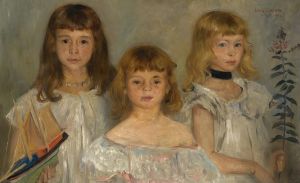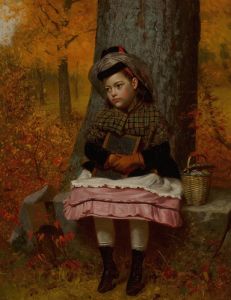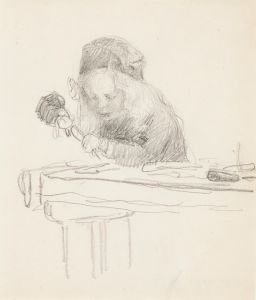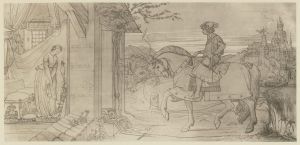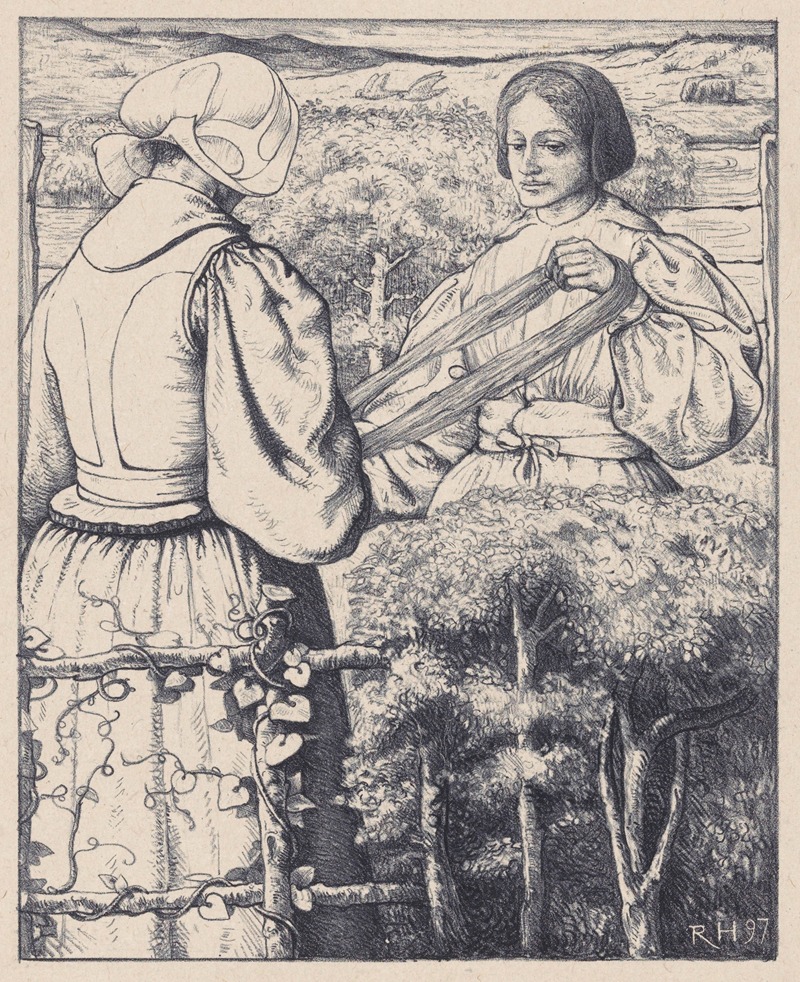
Huizer meisjes die garen winden
A hand-painted replica of Richard Nicolaüs Roland Holst’s masterpiece Huizer meisjes die garen winden, meticulously crafted by professional artists to capture the true essence of the original. Each piece is created with museum-quality canvas and rare mineral pigments, carefully painted by experienced artists with delicate brushstrokes and rich, layered colors to perfectly recreate the texture of the original artwork. Unlike machine-printed reproductions, this hand-painted version brings the painting to life, infused with the artist’s emotions and skill in every stroke. Whether for personal collection or home decoration, it instantly elevates the artistic atmosphere of any space.
Richard Nicolaüs Roland Holst was a Dutch painter, designer, and writer, known for his contributions to the art movements of the late 19th and early 20th centuries. One of his notable works is the painting "Huizer meisjes die garen winden," which translates to "Huizer Girls Winding Yarn." This artwork is a reflection of Holst's interest in capturing the essence of Dutch rural life and the traditional roles of women within it.
"Huizer meisjes die garen winden" depicts young women from the village of Huizen, located in the province of North Holland. The village was known for its traditional costumes and customs, which were often subjects of interest for artists seeking to preserve and celebrate Dutch cultural heritage. In this painting, Holst portrays the women engaged in the everyday activity of winding yarn, a task that was common in domestic settings and indicative of the textile work that was prevalent in many Dutch households at the time.
Richard Roland Holst was part of the Amsterdamse Joffers, a group of artists associated with the Amsterdam Impressionism movement. His style was influenced by the Arts and Crafts movement, which emphasized traditional craftsmanship and the decorative arts. Holst's work often featured strong lines and a focus on the human figure, characteristics that are evident in "Huizer meisjes die garen winden." The painting is marked by its attention to detail and the serene, contemplative mood it evokes.
The choice of subject matter in "Huizer meisjes die garen winden" reflects Holst's broader artistic interests. He was deeply engaged with themes of social realism and often sought to depict the lives of ordinary people with dignity and respect. By focusing on the simple, yet meaningful task of yarn winding, Holst highlights the quiet industriousness and cultural traditions of the Huizer community.
Holst's work was not only limited to painting; he was also a prolific designer and writer. He contributed to various artistic disciplines, including book illustrations and murals, and was involved in the Dutch labor movement. His commitment to social issues and his artistic versatility made him a prominent figure in Dutch cultural life during his time.
"Huizer meisjes die garen winden" is a testament to Holst's ability to capture the beauty and significance of everyday life. The painting remains an important piece within his oeuvre, showcasing his skill in portraying human subjects with empathy and insight. It also serves as a historical document, offering a glimpse into the traditional practices and attire of the Huizer people.
Today, Richard Nicolaüs Roland Holst is remembered as a key figure in Dutch art history, and his works continue to be appreciated for their artistic merit and cultural significance. "Huizer meisjes die garen winden" stands as a representative example of his dedication to depicting the human experience and his appreciation for the cultural traditions of the Netherlands.





